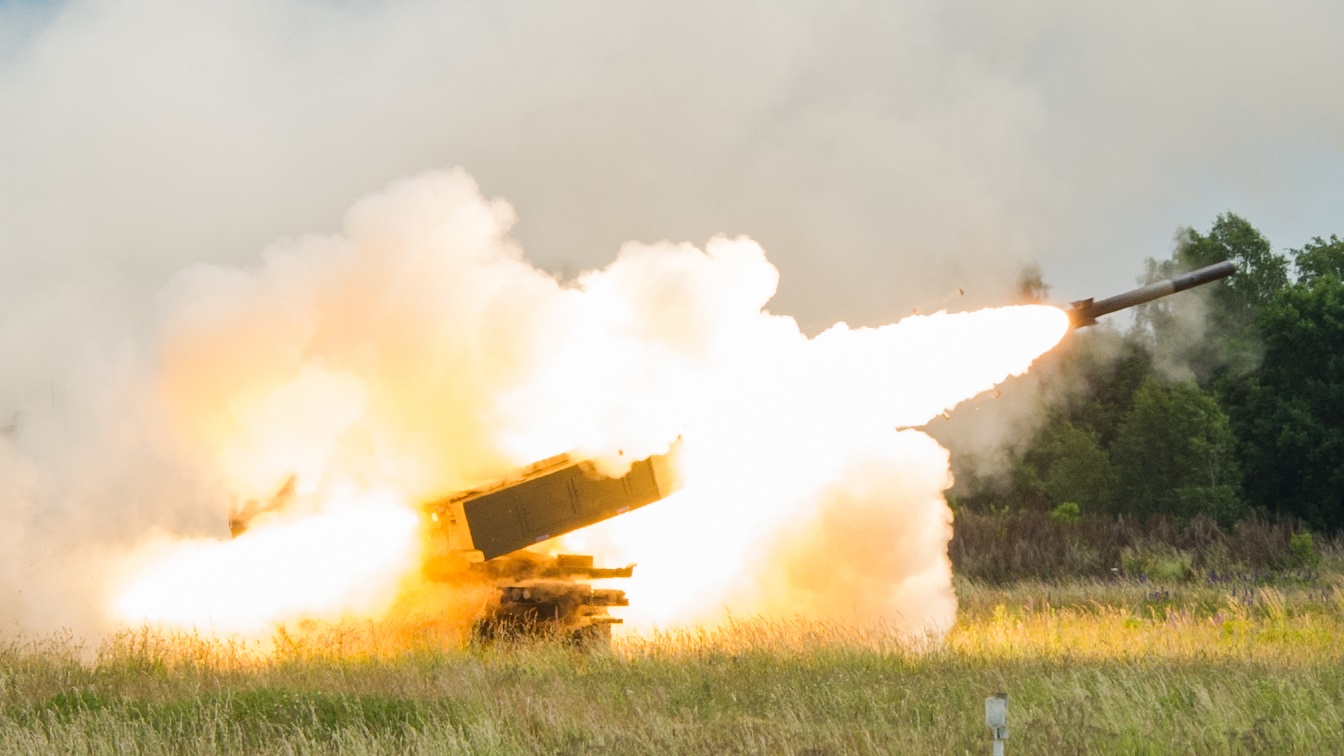Russian forces have targeted Ukrainian cities since the onset of the invasion. From critical infrastructure to energy facilities, Moscow has launched hundreds of missile, drone and other projectile barrages striking the heart of Ukraine.
Now that Kyiv’s counter-offensive is in full swing, however, the frequency and intensity of these barrages have increased.
Last month, Russian forces launched simultaneous attacks targeting Kyiv, the Black Sea port of Odesa and the southern region of Kherson prior to the North Atlantic Treaty Organization (NATO) G7 summit in Lithuania. According to Ukrainian forces, lethal unmanned aerial vehicles (UAVs) were used in all three barrages. Ukraine’s air force also said that 26 of the 28 loitering munitions launched by Russia were Iranian-made Shahed drones.
Last Spring, White House officials first revealed Russia’s intent to procure Iranian-designed UAVs. Images displaying a visit by Russian delegations to an Iranian airbase were published by the Biden administration. Tehran denied providing drones to Moscow for months and continues to refute evidence that proves its homegrown UAVs have been used in the ongoing invasion. The Russian-Iranian partnership has warmed in recent years, since both regimes are largely isolated from the international community. Many experts believe that Iran’s delivery of combat UAVs will result in some sort of quid pro-quo from Russia.
Iran’s Shahed family of drones- specs and capabilities
The addition of the Iranian-made Shahed family of explosive-laden drones have proved to be critical additions to Russia’s armed forces. In 2021, the Shahed-136 was first debuted by Iran’s Aircraft Manufacturing Industrial Company. Like its Shahed-131 predecessor, the combat drone is able to loiter airborne around a target until striking.
The Shahed-136 drone is notably used by Iranian-proxy groups across the region, including by the Yemen-based Houthi rebels. As detailed by Newsweek, “The triangular-shaped drones are 11 feet long and weigh 440 pounds, with a wingspan of 8.2 feet. The Shahed-136 carries a warhead weighing between 66 and 110 pounds—typically a combination of high explosives and fragmentation components.” These loitering drones are believed to be able to travel at ranges up to 1,600 miles with a top speed of around 115 mph.
Since first being deployed, the Shahed drones have posed a significant threat to Kyiv. Earlier this year, this family of lethal drones knocked out nearly one-third of Ukraine’s power plants in conjunction with Russia’s cruise missiles. Attacks on Kyiv’s energy sector are particularly concerning since they leave civilians without basic necessities like power and heat.
Shahed drones continue to wreak havoc on Ukraine
This week, new footage depicting the Shahed “kamikaze” drones at work circulated widely on social media. Ukraine’s military said that Russia launched at least 15 Shahed drones from the Bryansk border region. Serhiy Popko, head of the capital’s military administration, claimed that every enemy drone was destroyed. The circulated video shows when a Shahed UAV is struck by Ukraine’s air defenses over a residential complex in Kyiv.
In light of this attack, Ukrainian president Volodymyr Zelensky again requested additional air defense systems from NATO allies. Kyiv currently employs the Patriot missile system, the IRIS-T system, Avenger systems, the NASAM system, among other Western air defenses.
Maya Carlin, a Senior Editor for 19FortyFive, is an analyst with the Center for Security Policy and a former Anna Sobol Levy Fellow at IDC Herzliya in Israel. She has by-lines in many publications, including The National Interest, Jerusalem Post, and Times of Israel. You can follow her on Twitter: @MayaCarlin.

